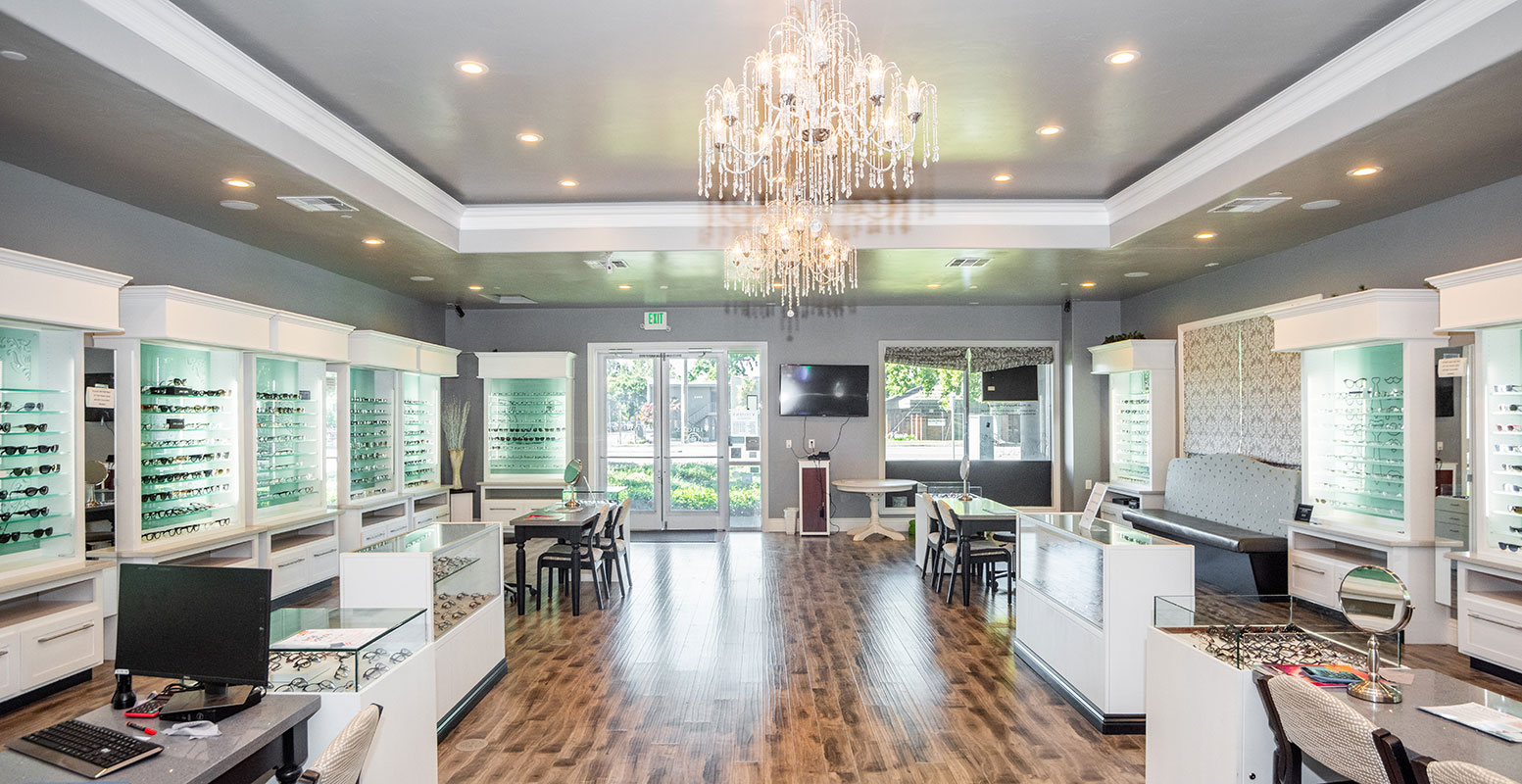Exactly How an Eye Doctor Can Transform Your Vision Health in Chino
Exactly How an Eye Doctor Can Transform Your Vision Health in Chino
Blog Article
Exploring the most up to date Technological Developments in Optometry and What They Mean for Optometrists
From the accuracy of Optical Coherence Tomography to the nuanced insights used by AI-driven analysis devices, these developments are setting brand-new criteria in patient assessment and treatment. As these innovations penetrate the practice, optometrists are faced with the difficulty of welcoming these devices to boost patient outcomes.
Advancements in Diagnostic Devices
Progressing the area of optometry, innovations in diagnostic tools have actually transformed the method eye care experts examine and detect eye problems and visual disabilities. The previous years has actually observed significant technical improvements, enabling even more comprehensive and accurate evaluations. Optical Comprehensibility Tomography (OCT), for instance, supplies high-resolution cross-sectional images of the retina, enabling the very early discovery of illness such as glaucoma and age-related macular degeneration. This non-invasive imaging technique has actually come to be indispensable in modern optometric technique.
One more trick advancement is the intro of advanced corneal topography systems, which map the surface area curvature of the cornea with accuracy. These devices are specifically valuable for suitable contact lenses and detecting corneal conditions. Electronic retinal imaging has transformed standard ophthalmoscopy, supplying detailed, scenic views of the retina that assist in detailed visual examinations.
The advancement of wavefront aberrometry has likewise been critical, making it possible for the analysis of refractive errors with unparalleled precision (Opticore Optometry). This modern technology assists in customizing restorative lenses and improving surgical results for refractive surgical procedures. Jointly, these analysis innovations encourage eye doctors to supply premium patient care, making certain very early treatment and tailored therapy strategies, eventually enhancing aesthetic health and wellness results
AI in Patient Management
Building on the structure of sophisticated diagnostic tools, the incorporation of expert system (AI) in person management stands for a transformative jump for optometry. AI systems are significantly utilized to improve performance, precision, and personalization in person care. By evaluating vast quantities of data, AI can determine patterns and forecast potential ocular problems, making it possible for optometrists to tailor treatments a lot more effectively. This ability is vital in managing persistent eye conditions such as glaucoma and diabetic retinopathy, where very early discovery and constant monitoring are vital.
Additionally, AI-driven systems facilitate streamlined person communications and management procedures. Automated organizing, virtual appointments, and individualized follow-up plans not only improve patient complete satisfaction however likewise enhance time monitoring for specialists. These systems can triage clients based upon the necessity of their conditions, making sure that those in crucial requirement obtain prompt interest.
Moreover, AI enhances decision-making by supplying optometrists with evidence-based recommendations and treatment pathways. By incorporating data from electronic health documents, AI tools offer understandings that notify medical decisions, minimizing the threat of mistakes and enhancing client outcomes. As AI proceeds to progress, its function in patient monitoring will likely broaden, reshaping the landscape of optometric care.
Developments in Retinal Imaging
In the world of optometry, retinal imaging has actually observed amazing technical advancements that are boosting analysis abilities and person care. Advancements such as Optical Comprehensibility Tomography (OCT) and fundus photography have actually changed just how optometrists assess the retina and envision. OCT, particularly, provides high-resolution, cross-sectional pictures of the retina, enabling the thorough exam of its layers. This capability is vital for very early detection and administration of conditions like glaucoma, diabetic person retinopathy, and age-related macular deterioration.
Enhanced imaging methods like OCT angiography are additional refining diagnostic accuracy. Optometrist Chino. Such improvements help with the recognition of minute retinal adjustments that can signify disease development.
Furthermore, advancements in expert system are enhancing retinal imaging by making it possible for computerized evaluation of big datasets. These systems help eye doctors in identifying patterns indicative of pathology, consequently enhancing diagnostic precision and effectiveness. Collectively, these advancements are changing retinal imaging right into a keystone of modern eye care, boosting results and expanding therapeutic possibilities.
Teleoptometry's Growing Function
Teleoptometry is increasingly becoming an important part of eye treatment, driven by advancements in digital communication and diagnostic tools. As optometry welcomes digital improvement, teleoptometry assists in remote consultations, allowing optometrists to prolong their solutions beyond typical borders. This is particularly useful in underserved and rural areas where access to specialized eye care is typically minimal. By leveraging high-resolution video clip conferencing and advanced retinal imaging, optometrists can conduct extensive eye exams from afar, making sure prompt diagnosis and therapy.
The assimilation of fabricated intelligence (AI) more boosts teleoptometry, allowing from this source the analysis of aesthetic data and helping in the discovery of ocular conditions such as glaucoma and diabetic retinopathy. AI-powered formulas can swiftly analyze complex imaging data, providing optometrists with beneficial insights that strengthen scientific decision-making.
Additionally, teleoptometry sustains connection of treatment with smooth combination with digital health and wellness documents (EHRs), permitting optometrists to preserve detailed individual histories. This guarantees that clients receive constant and customized care also when seeking advice from various experts.
Regardless of these benefits, difficulties continue to be, consisting of guaranteeing data security and taking care of person expectations. Teleoptometry represents a significant stride in the direction of more obtainable, effective, and patient-centered eye care. As modern technology evolves, its function is positioned to broaden even more.

Future Patterns in Eye Treatment
A myriad of ingenious fads is readied to reshape the future of eye treatment, driven by technical innovations and the evolving requirements of individuals. One substantial pattern is the integration of man-made intelligence (AI) in diagnostics, which assures to boost the precision and efficiency of eye exams. AI algorithms can analyze substantial quantities of data from retinal photos, possibly finding conditions like diabetic person retinopathy and glaucoma earlier than standard methods.
Moreover, individualized medicine is obtaining traction in optometry, with hereditary testing informing tailored therapy strategies. This technique aims to enhance individual outcomes by customizing interventions to individual genetic profiles. Wearable technology, such as clever contact lenses, is additionally coming up, offering real-time surveillance of intraocular pressure or glucose degrees, hence offering continual insights into systemic and eye wellness.
The fostering of enhanced truth (AR) and online fact (VIRTUAL REALITY) in training and patient education and learning is another arising trend. These innovations supply immersive experiences that can improve understanding and abilities both for clients and optometrists. As these patterns develop, optometrists need to remain abreast of technical improvements to supply advanced care, guaranteeing improved client end results and satisfaction in the dynamic landscape of eye treatment.
Conclusion

Collectively, these diagnostic advancements empower eye doctors to provide superior person care, ensuring early intervention and customized helpful site treatment strategies, inevitably improving visual health Web Site results.

As these technologies proceed to advance, eye doctors have to adjust and integrate them right into technique, eventually optimizing workflow effectiveness and boosting the requirement of eye treatment provided to people.
Report this page